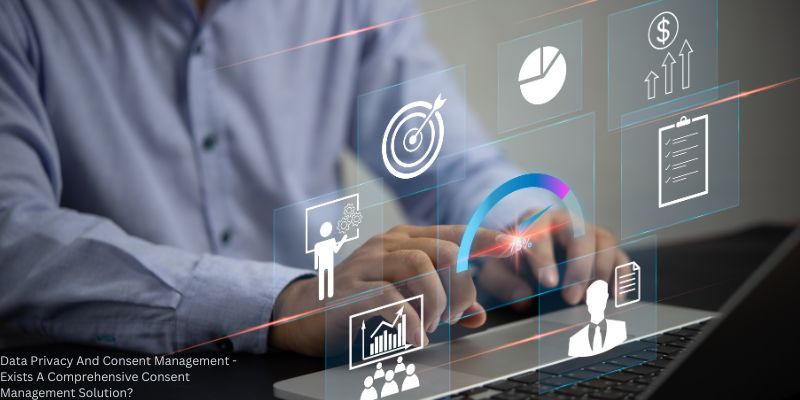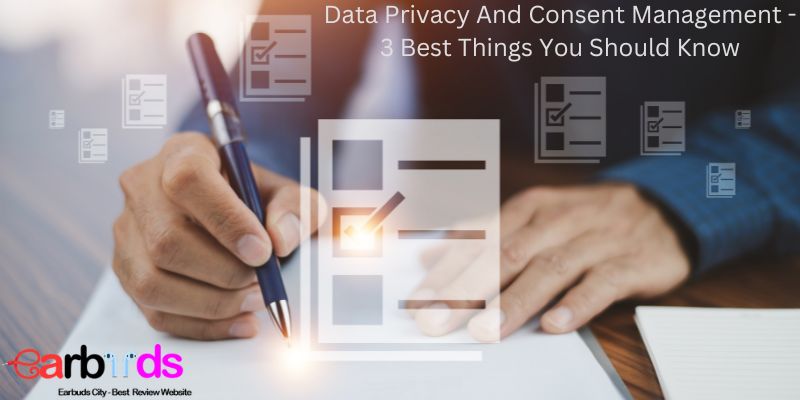Data privacy and consent management have become increasingly important topics in today’s digital landscape. With the rapid advancement of technology and the proliferation of data-driven businesses, it has become crucial for individuals to have control over how their personal information is collected, stored, and used. In this blog, earbudscity.com will delve into the intricacies of data privacy and consent management, exploring the challenges and implications associated with these issues. Join us as we navigate through this complex landscape and shed light on the importance of safeguarding our personal data in the digital age.
1. Data Privacy And Consent Management – What Is Consent Management Platform?

A Consent Management Platform (CMP) is a piece of software that enables you to gather and manage consents and personal data in accordance with data protection laws and rules including the EU’s GDPR, California’s CCPA, and Brazil’s LGPD.
It helps you to obtain insight into the personal data lifecycle from the point of opt-in to the point of data removal, allowing you to follow, keep an eye on, and react to the request and consent preferences of the data subject. Additionally, the CMP enables you to centrally manage notifications and distribute them across all channels for obtaining consent. There are many diverse conceptions, despite the fact that there are several consent management solutions available.
When connecting your front-end permission gathering channels (website, mobile applications, CRM systems, or marketing platforms), make sure to pick the one that will work well together. Additionally, CMP will provide you a comprehensive picture of your operations so you can show compliance for any data subject, at any level, at any time.
2. Data Privacy And Consent Management – Planning For Consent Management.

The consent management design must incorporate consent gathering, a consent administration engine, and data handling. In the omnichannel marketing environment of today, we frequently get consent through a variety of customer-facing channels, including as websites, mobile applications, customer profiles, contact centers, and the point of sale.
To make sure that processing of personal data always complies with the wishes of the data subject, consent management design should take into account all customer-facing channels. Consent collecting points are what they are known as.
Once consent has been obtained, it ought to be kept in a central repository. For all data processing based on data subject consent, the consent repository should be created as a safe database and a single source of truth.
The consent management engine detects data subjects and harmonizes their choices for giving their approval to the data that is gathered through any point of collection. The proper quantity of information is stored in the central consent repository by Data Privacy Manager to enable the display of compliant opt-in.
Records of consent is another name for the central consent repository. Marketing automation tools employ the consent records to make sure all marketing communications are in line with the preferences of the data subjects.
Analytics and marketing communication are standard suspects and a simple illustration of data processing based on permission. Up until the data subjects opt out (withdraw consent), the processing is legal. Companies must make it simple and efficient to revoke permission for the processing of personal data.
Similar to the unsubscribe option in an online newsletter, withdrawal should be available across all communication events and enabled across all platforms.
3. Data Privacy And Consent Management – Exists A Comprehensive Consent Management Solution?

Platforms for privacy management have to include sophisticated consent management features like Data Privacy Manager (DPM). Any personal data that is gathered and processed with a person’s consent is handled in a GDPR-compliant manner. This features several other features in addition to the ones already mentioned.
The personal data lifecycle has two more stages in addition to consent gathering and data processing. The information gathered must be kept after the consent is withdrawn by the data subject. Additionally, gathered personal data must to be eliminated when the designated data retention term has passed, either by deletion or anonymization.
Conclusion
In conclusion, ensuring data privacy and implementing effective consent management practices are crucial in today’s digital age. The protection of personal information is not only a legal and ethical requirement but also essential for building trust with users and customers. By understanding and respecting individuals’ rights to control their data, organizations can establish a transparent and responsible data management framework.
Prioritizing data privacy and consent management not only safeguards sensitive information but also leads to enhanced customer relationships, improved brand reputation, and compliance with evolving regulations. As technology continues to advance, organizations must remain proactive in adopting robust privacy measures to uphold individuals’ privacy rights and maintain a secure and trustworthy digital environment.




